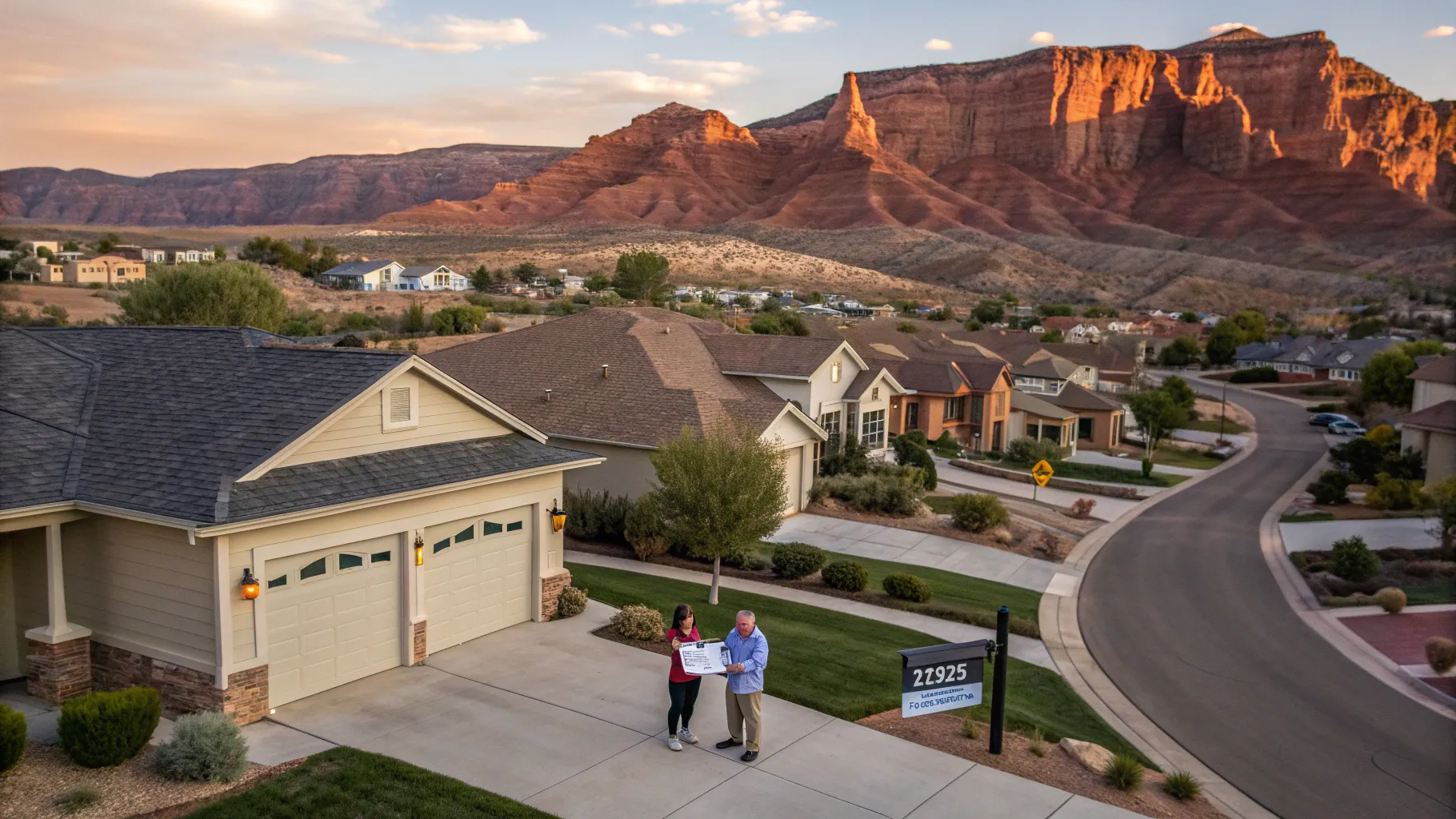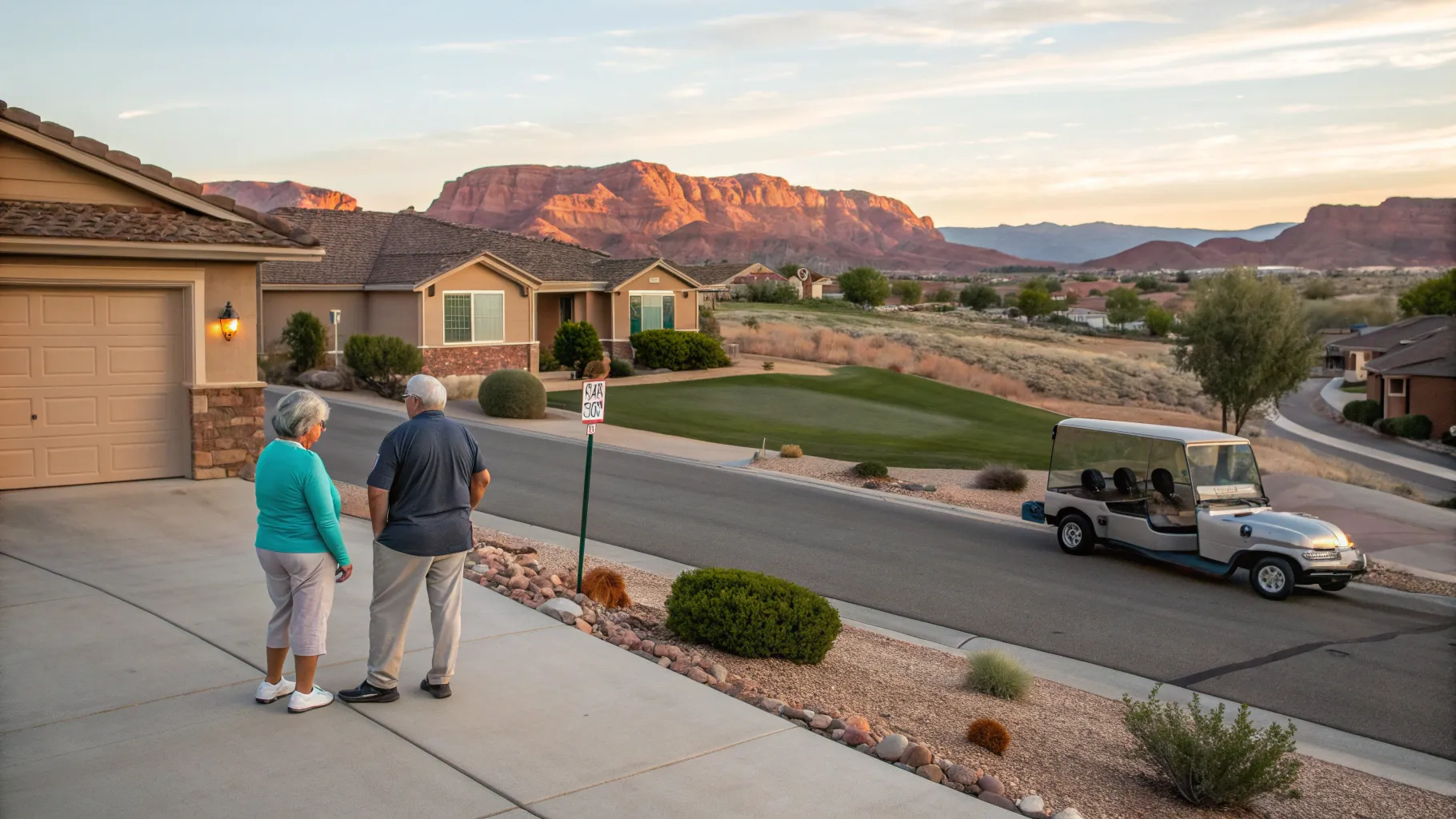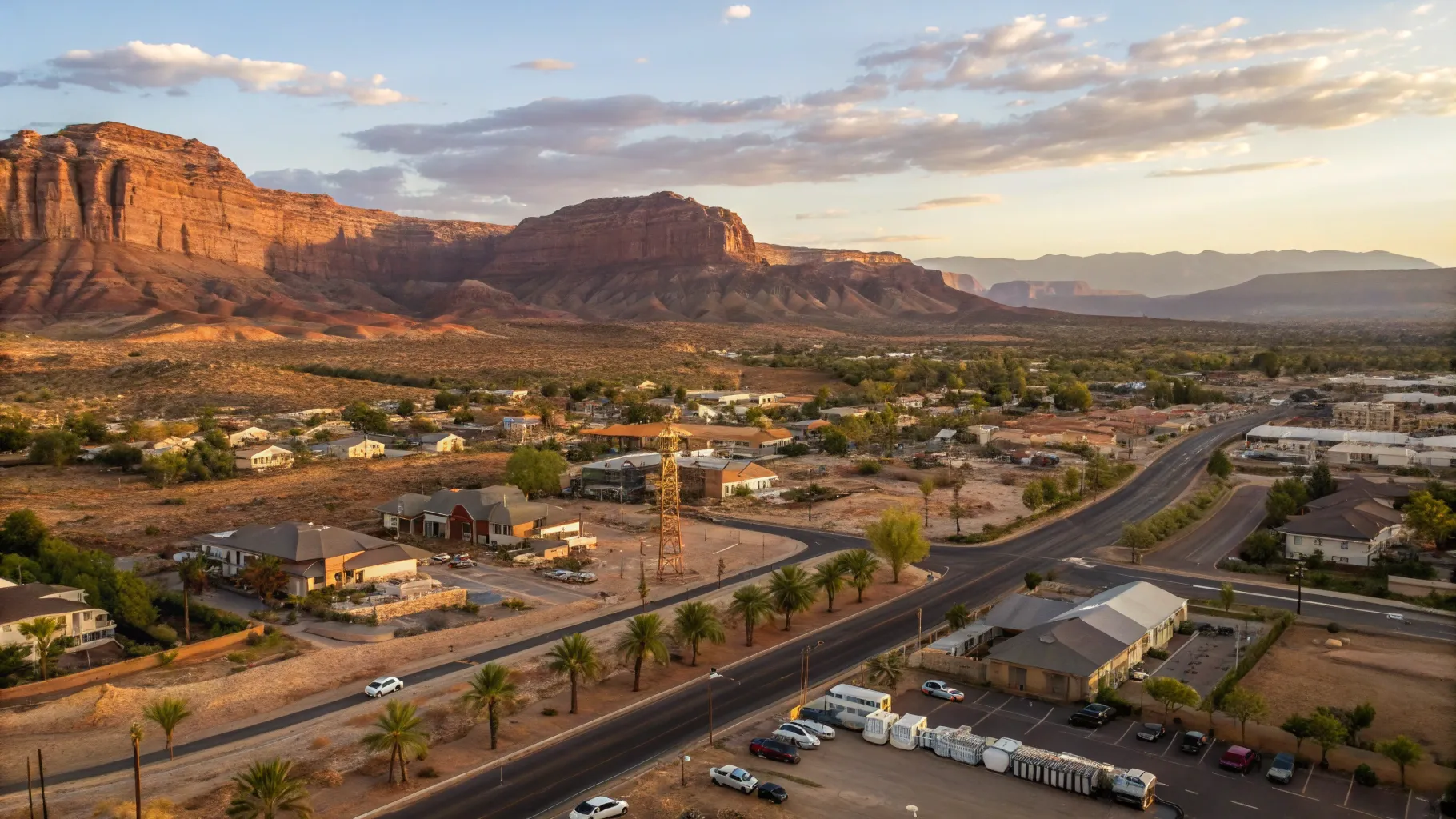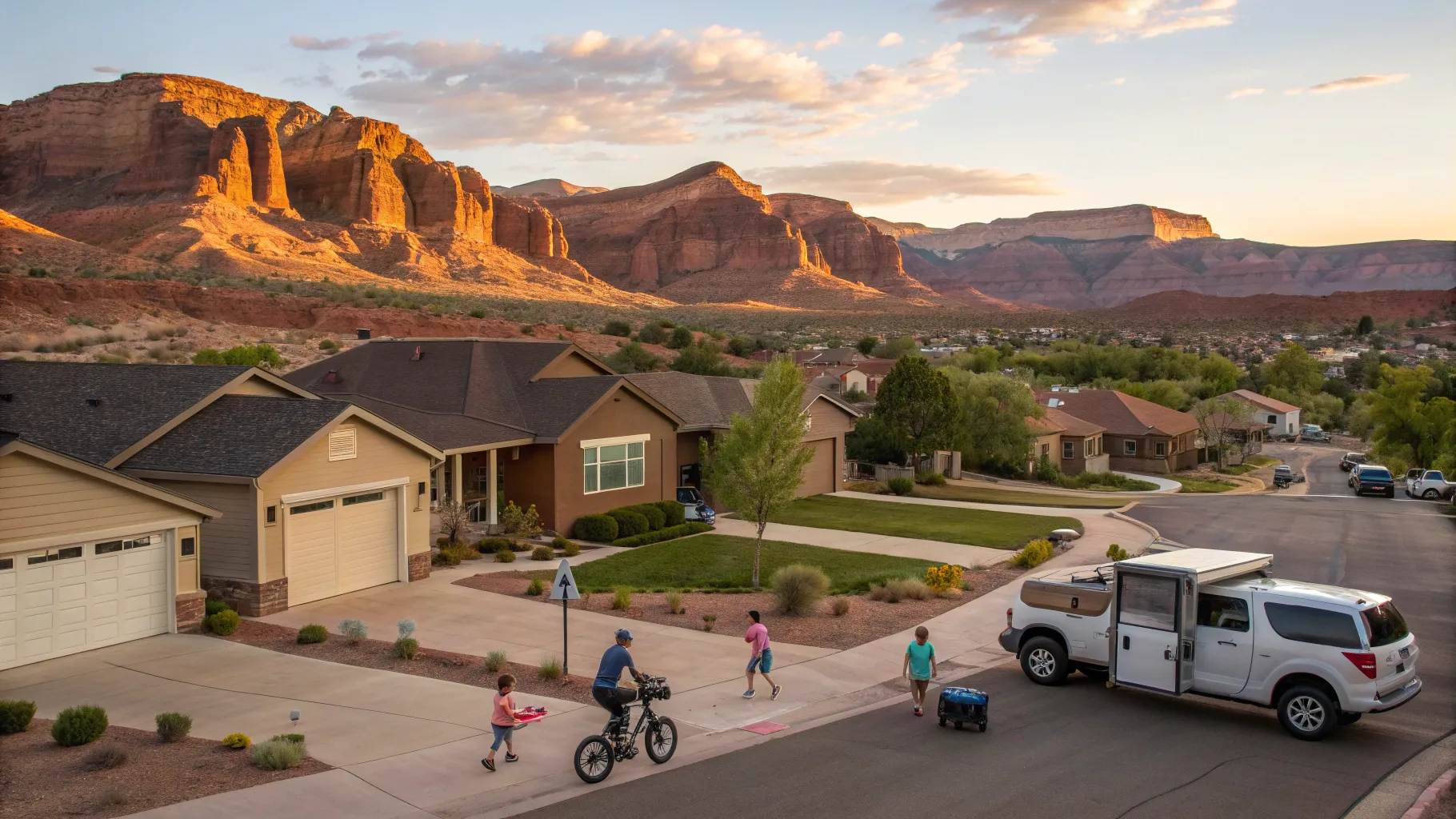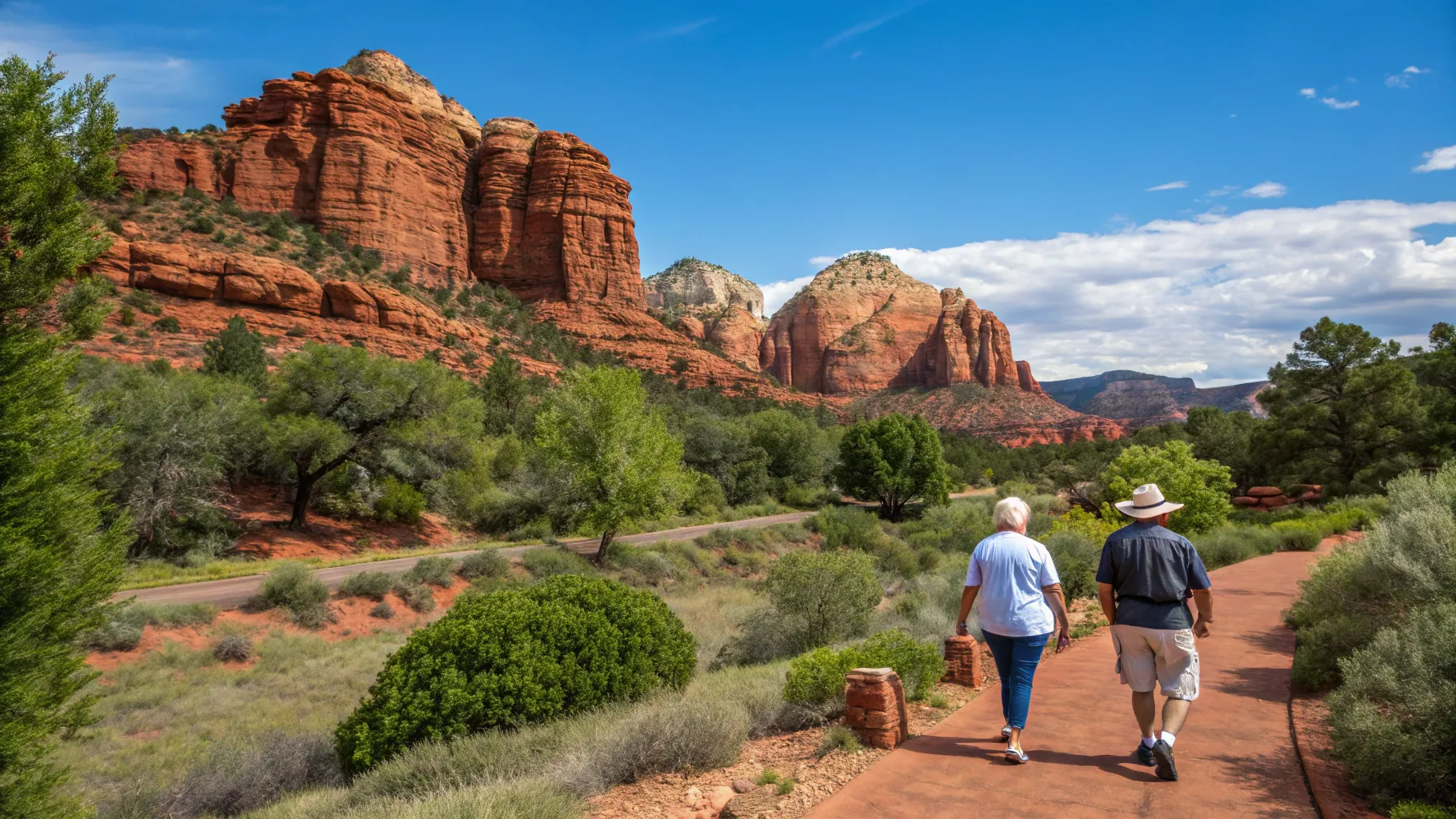
St. George, Utah, has become one of the most sought-after retirement destinations in the western United States, attracting retirees from across the country. While the stunning landscapes, active lifestyle, and welcoming communities make it an appealing choice, there are important realities that brochures often overlook. This article explores the authentic experiences of retirees who have relocated to St. George, particularly the Sunriver community, and offers practical advice for those considering retiring in Southern Utah.
Why St. George Attracts Retirees
St. George's appeal lies in its warm climate, scenic beauty, and abundance of senior-friendly amenities. Many retirees are drawn to communities like Sunriver, which offer a built-in social environment with clubs, events, and recreational activities tailored to active seniors. Residents enjoy amenities such as indoor and outdoor pools, pickleball and tennis courts, pottery and woodworking shops, and numerous social clubs—over eighty in the Sunriver area alone.
One retiree remarked, "If you can't find something to do, you're not trying." This highlights the vibrant, active lifestyle that many retirees appreciate in St. George.
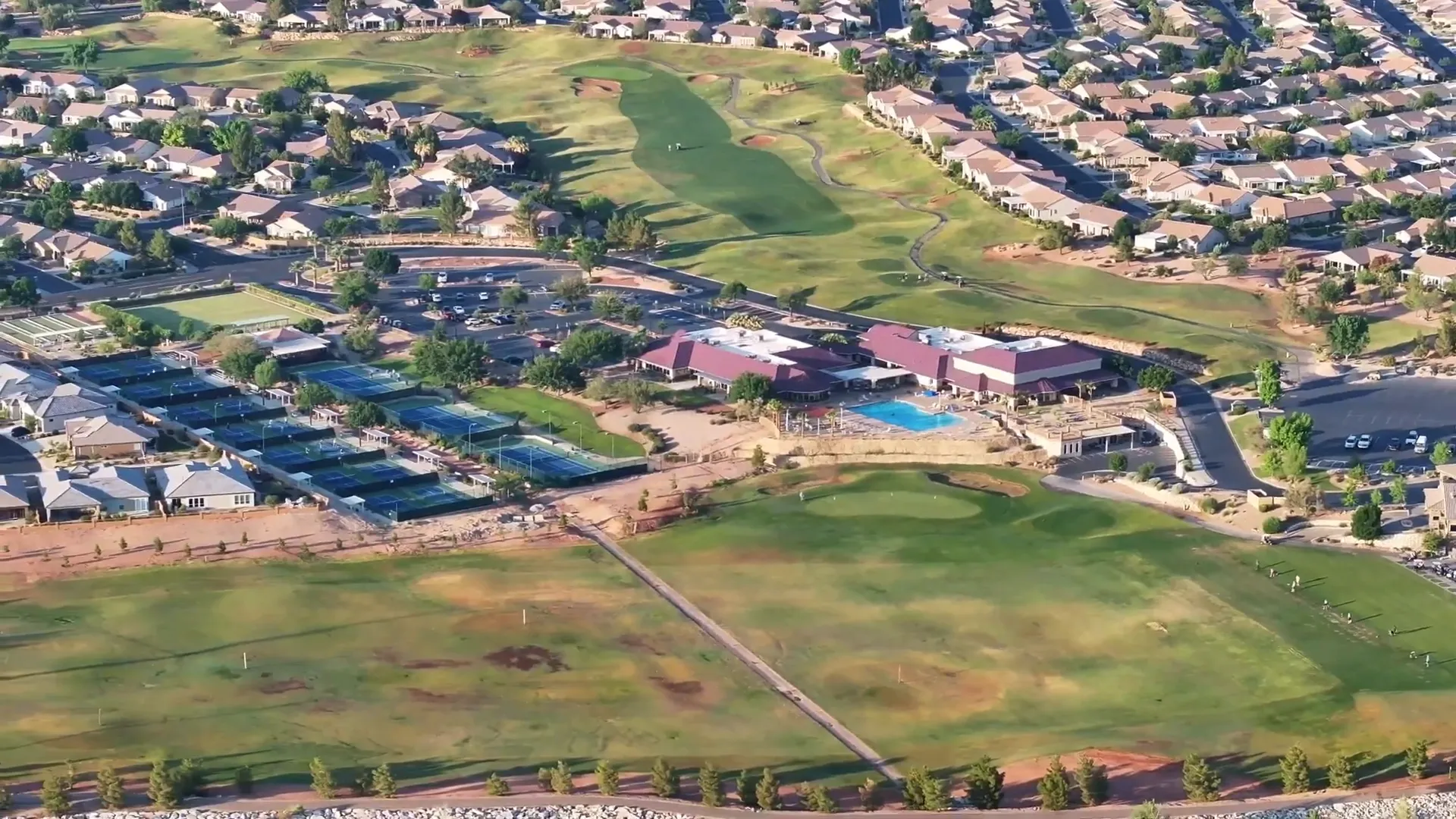
Where Are Retirees Moving From?
While California is often assumed to be the primary source of new retirees, studies reveal surprising trends. For instance, a significant number of new residents moving into Sun City Grand come from states like Indiana. Other common origins include Oregon, Nevada, and various parts of California such as Orange County and San Diego.
The diversity of backgrounds contributes to a rich community fabric but also presents unique challenges for newcomers adjusting to the desert climate and local culture.
Community Life and Social Integration
Sunriver residents emphasize the strong sense of community and friendliness that permeates the neighborhood. The informal "Sun River wave," where neighbors greet each other as they pass by, exemplifies the welcoming atmosphere.
Many retirees find joy in the range of activities and clubs available, which helps newcomers quickly build social connections. One resident highlighted the ease of getting involved, saying, "People are very, very welcome."
Understanding HOA Fees and Unexpected Costs
One of the challenges retirees face in Sunriver and similar communities is navigating homeowner association (HOA) fees and related expenses. In some gated neighborhoods, HOA fees have increased dramatically—by as much as 241% over three years in certain areas—primarily due to the costs of maintaining and upgrading amenities like pools and pickleball courts.
Explore Utah Real Estate
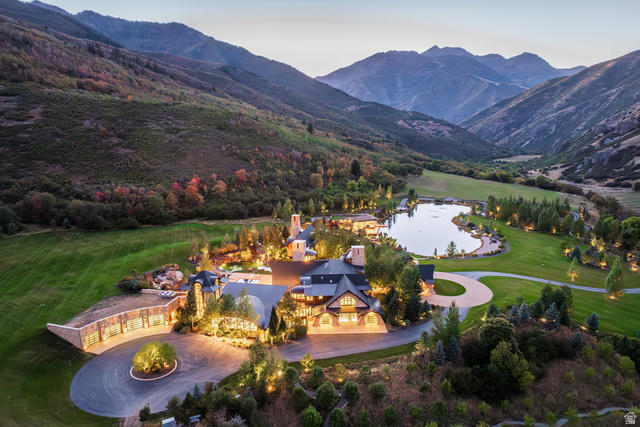
5618 E SOUTH FORK RD, Provo, UT
$43,000,000
Bedrooms: 6 Bathrooms: 10 Square feet: 22,958 sqft
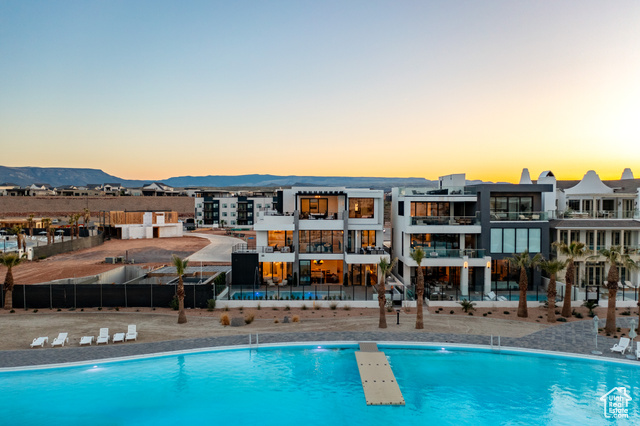
864 W SAPPHIRE SKY LN #546, St George, UT
$4,300,000
Bedrooms: 7 Bathrooms: 9 Square feet: 5,136 sqft
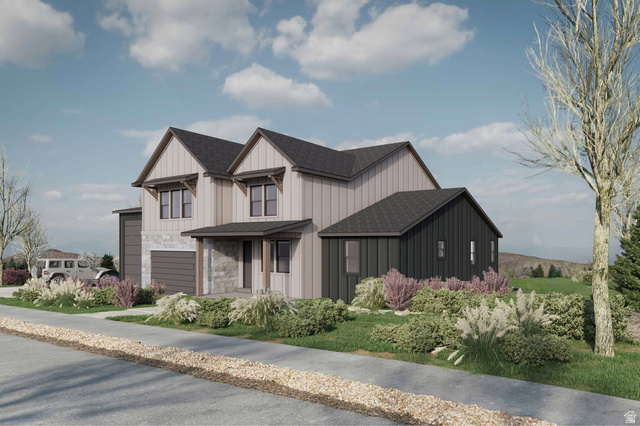
850 LAZY WAY #8, Francis, UT
$1,300,000
Bedrooms: 4 Bathrooms: 4 Square feet: 2,755 sqft
Residents have expressed concerns about the fairness of these fee hikes, especially when increases are not applied evenly across all neighborhoods. For example, one community pays a base fee of $175 monthly, but some homeowners add an extra $205 on top of that due to specific neighborhood issues.
Additionally, there is a reinvestment fee applied when selling a home, which contributes to capital improvements. However, some HOA boards have chosen to invest these funds conservatively in CDs and annuities, which can lead to cash flow shortages when urgent repairs are needed.
These financial nuances are critical for retirees on fixed incomes to understand before committing to purchase.
Climate Considerations: The Summer Heat
The desert climate, while attractive for much of the year, brings intense summer heat that can be challenging. Temperatures regularly exceed 90 degrees Fahrenheit during summer months, and outdoor activities become limited after early morning hours.
Many retirees recommend planning for this by owning or renting a second home in a cooler area, such as near Zion National Park, where temperatures can be significantly lower. This strategy allows retirees to enjoy St. George's milder seasons while escaping the summer heat.
Growth and Development: The Double-Edged Sword
St. George's rapid growth is a point of contention among residents. While the expanding economy and increasing amenities are positives, the fast pace of development can strain infrastructure and alter the small-town feel that initially attracted many retirees.
One resident summed it up as,
"The town is growing so fast. Exploding. And you can't stop it. So you take it, you live it, and you just ride the storm."
Choosing the Right Neighborhood
Selecting the right neighborhood is crucial for a successful retirement in St. George. Many retirees have found that buying a home without renting first can lead to dissatisfaction if the community does not fit their lifestyle or expectations.
More Properties You Might Like
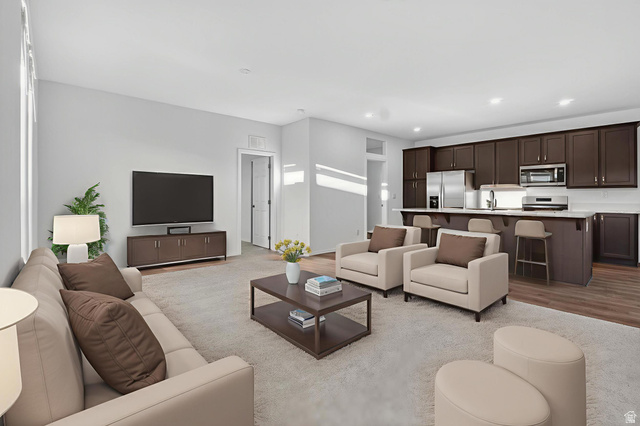
1700 W 2700 N #36, Pleasant View, UT
$230,000
Bedrooms: 4 Bathrooms: 2 Square feet: 2,100 sqft
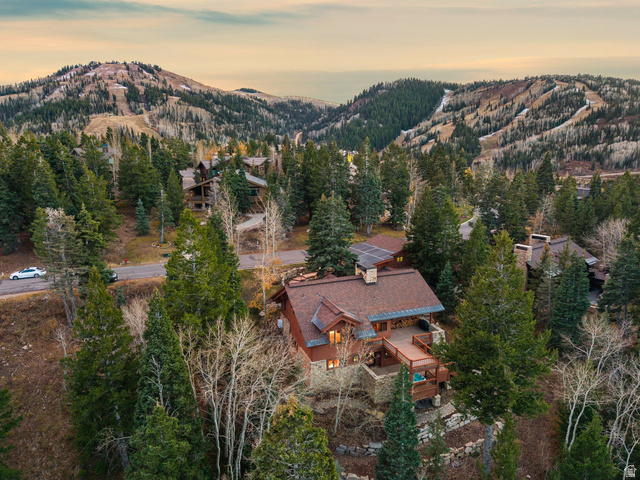
7665 STERLING DR, Park City, UT
$6,100,000
Bedrooms: 5 Bathrooms: 6 Square feet: 4,975 sqft

La Casa Cir, St George, UT
$575,500
Square feet: 14,391 sqft
It is strongly advised to rent for at least a year before purchasing. This allows prospective residents to:
- Experience different neighborhoods firsthand
- Build social connections
- Understand local amenities and HOA dynamics
- Assess climate tolerance
Sunriver, in particular, is recommended for active seniors seeking a community-oriented environment with plentiful amenities and social opportunities.
Support Systems and Social Connectivity
Leaving behind family and established support networks is one of the biggest challenges retirees face when relocating. Successful transitions often involve actively building new connections through fitness groups, volunteer organizations, and informal social clubs.
Helping retirees integrate into the community early can alleviate feelings of isolation and make the move more rewarding.
Financial Planning Beyond the Home Purchase
While many still perceive St. George as an affordable option, housing prices and living costs have risen significantly. Retirees should plan carefully for the total cost of living, including HOA fees, utilities, healthcare, and lifestyle expenses.
Understanding healthcare access and climate impacts on health is also essential to avoid surprises after the move.
Conclusion: Is Retiring in St. George Right for You?
Most retirees do not regret choosing St. George and communities like Sunriver, but many wish they had better guidance before making the move. The key to a successful retirement here lies in thorough research, realistic expectations, and careful neighborhood selection.
With its active community, extensive amenities, and welcoming residents, St. George offers a lifestyle that appeals to many seniors—but it is not without its challenges. Prospective retirees should weigh the pros and cons carefully, consider renting before buying, and plan for the unique climate and financial realities of Southern Utah.
For those interested in exploring retirement options in Utah, comprehensive resources and up-to-date property listings are available at bestutahrealestate.com, providing valuable insights into the local market and lifestyle.
Frequently Asked Questions
What makes Sunriver a popular choice for retirees in St. George?
Sunriver offers a built-in community with numerous clubs, events, and amenities tailored for active seniors, including pools, pickleball courts, and social groups, fostering a vibrant and friendly environment.
Are HOA fees in St. George expensive?
HOA fees vary by neighborhood. Some gated communities have experienced significant increases due to maintenance costs and amenity upgrades. It is important for buyers to understand these fees and their impact on monthly expenses.
How hot does it get in St. George during summer?
Summer temperatures often exceed 90 degrees Fahrenheit, with dry heat that can be intense. Many retirees choose to spend summers in cooler locations nearby to avoid the heat.
Is it better to rent before buying a home in St. George?
Renting for a year is highly recommended to experience different neighborhoods, understand the community, and ensure the area fits one’s lifestyle before making a home purchase.
What are some challenges retirees face when moving to St. George?
Challenges include adjusting to the summer heat, rising costs of living, HOA fee increases, rapid city growth, and leaving behind established family and social networks.









